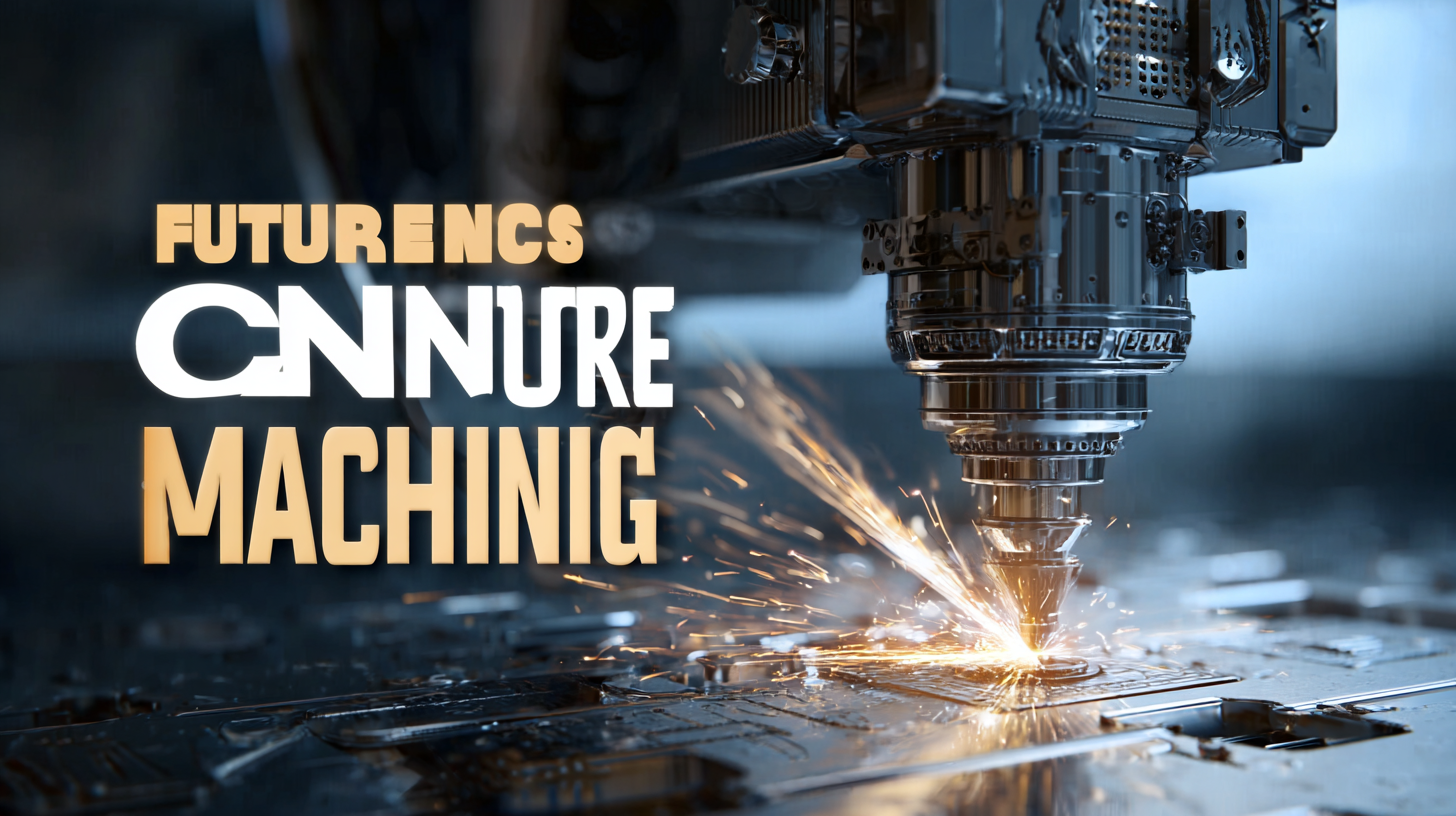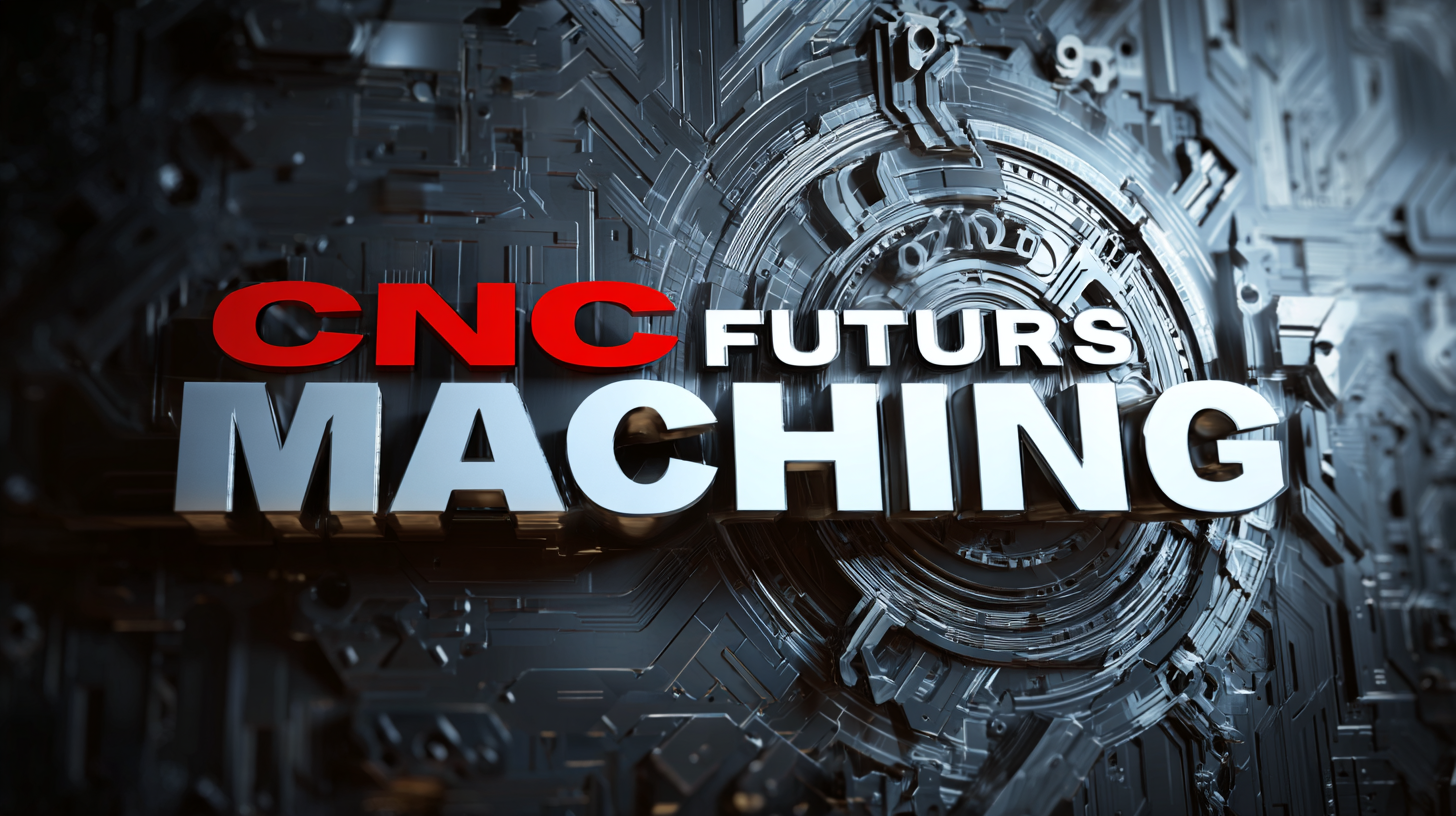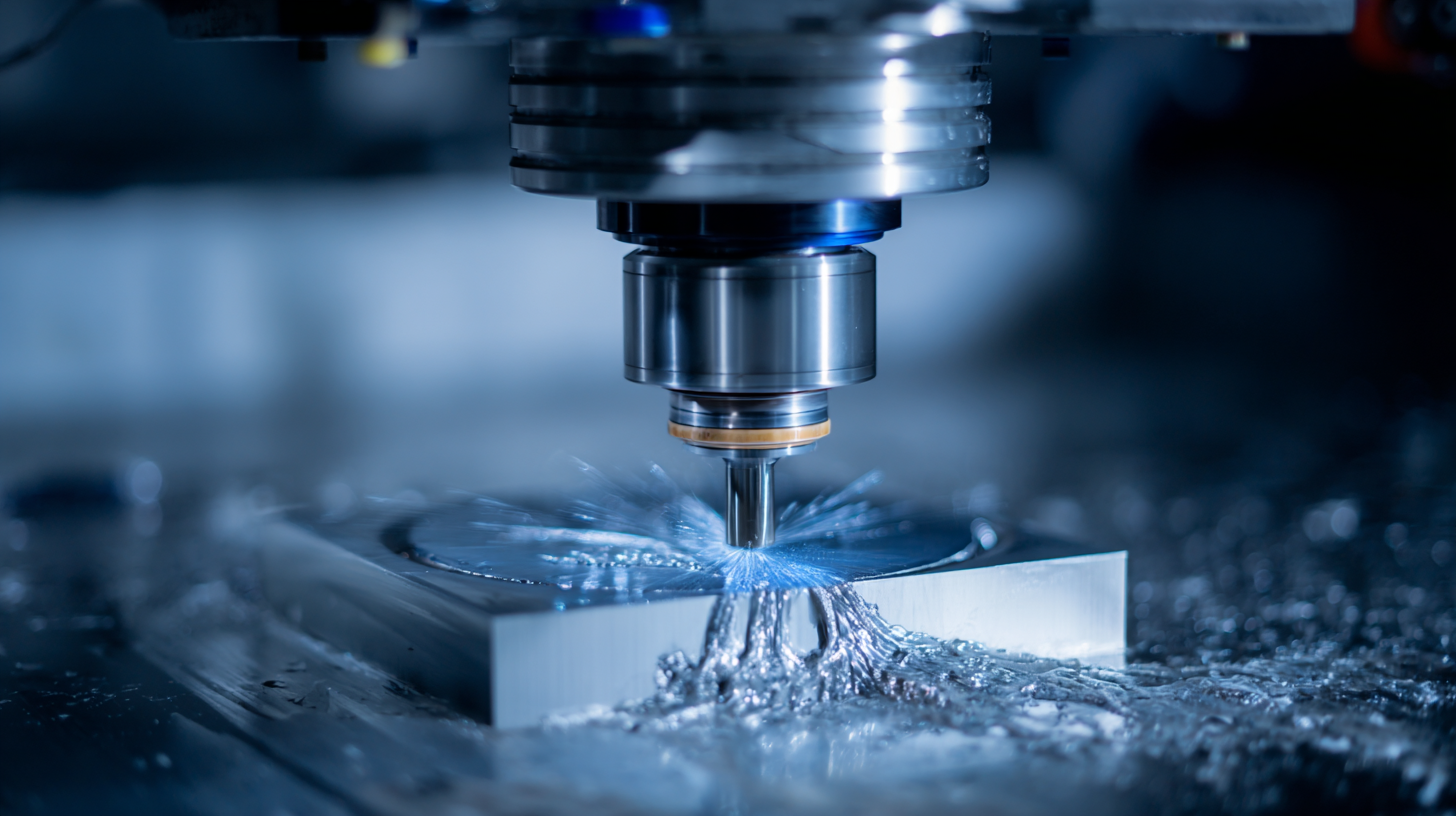Future Trends in CNC Machining Technology and How to Stay Ahead in 2025
As we look towards 2025, the landscape of CNC machining technology is set to undergo significant transformation, driven by advancements in automation, artificial intelligence, and digital integration. These future trends are not merely predictions; they represent crucial shifts that will define the competitive edge in the manufacturing sector. Companies that aspire to remain relevant must embrace these developments and adapt their strategies accordingly. This blog will explore the anticipated innovations in CNC machining, highlighting the key technologies that are expected to shape the industry. From enhanced precision and speed to the implementation of smart manufacturing practices, staying ahead in CNC machining requires a proactive approach. Whether you’re a seasoned manufacturer or new to the field, understanding these trends will be essential for navigating the evolving landscape and ensuring sustained success in your operations.

Emerging Technologies Reshaping CNC Machining in 2025
As we look toward 2025, the landscape of CNC machining technology is set to be transformed by several emerging technologies that promise to reshape the industry. One of the most significant trends is the integration of artificial intelligence (AI) and machine learning into CNC systems. These advanced algorithms will enable machines to optimize their operations, predict maintenance needs, and improve overall efficiency. By analyzing data in real-time, AI can enhance precision and reduce downtime, providing manufacturers with a competitive edge.
Another game-changing technology is the rise of additive manufacturing techniques, particularly in the production of complex geometries that traditional machining methods struggle to achieve. Hybrid machining, which combines CNC milling or turning with 3D printing, will allow for greater flexibility in design and material usage, leading to innovative solutions in parts production. Coupled with advancements in materials science, this trend will support the development of lighter, stronger, and more durable components, accommodating the ever-evolving demands of industries such as aerospace and automotive.
Moreover, the implementation of IoT (Internet of Things) in CNC machining will facilitate greater connectivity between machines and the supply chain. By enabling real-time monitoring and data sharing, manufacturers can streamline processes, enhance transparency, and make informed decisions quickly. Embracing these technologies not only prepares companies for the future but also fosters an adaptive culture that prioritizes innovation and efficiency in CNC machining.
Understanding the Role of Automation in Enhancing CNC Productivity
In the rapidly evolving landscape of CNC machining, automation is poised to play a crucial role in enhancing productivity and addressing workforce challenges. With the global CNC machine market expected to grow from $101.22 billion in 2025 to $195.59 billion by 2032, reflecting a robust CAGR of 9.9%, it's clear that companies must embrace technological advancements to stay competitive. Automation technologies, such as robotic processing and intelligent manufacturing systems, are becoming increasingly essential for optimizing workflows and increasing output efficiency.

Specifically, in the Indian metalworking sector, automation presents a viable solution to combat workforce shortages and skills gaps. The adoption of automated CNC machines can lead to significant improvements in production rates and quality control, which is vital for meeting the growing demand. As organizations invest in automation, they not only enhance productivity but also ensure long-term sustainability by allowing skilled workers to focus on higher-value tasks while machines handle repetitive processes. With the right strategies in place for implementing automation, businesses can position themselves for success in 2025 and beyond.
The Importance of Quality Assurance in Global CNC Manufacturing
In the ever-evolving landscape of global CNC manufacturing, quality assurance has become an imperative rather than an option. As companies aim to stay competitive in 2025 and beyond, maintaining high standards of quality is crucial. This encompasses everything from rigorous material selection to the precision of machining processes. With advancements in technology, such as AI-driven inspection tools and real-time monitoring systems, manufacturers can significantly reduce errors and enhance product reliability.
Moreover, effective quality assurance not only safeguards the manufacturing process but also strengthens customer trust and brand reputation. In a global market where competition is fierce, companies that prioritize quality can differentiate themselves and secure a loyal customer base. Implementing comprehensive training for employees on quality standards and utilizing certifications can further bolster the commitment to excellence. As CNC technology continues to advance, integrating robust quality assurance measures will be key to thriving in the future manufacturing landscape.
Future Trends in CNC Machining Technology and How to Stay Ahead in 2025
| Trend |
Description |
Impact on Quality Assurance |
Expected Adoption Rate (%) |
| Automation and Robotics |
Increased use of automated systems and robots in manufacturing processes. |
Enhances precision and reduces human error in quality control. |
75% |
| Additive Manufacturing |
Integration of additive processes in CNC machining for complex geometries. |
Allows for higher part customization and better compliance with quality standards. |
60% |
| AI and Machine Learning |
Utilizing AI algorithms to optimize machining processes. |
Improves diagnostics and predictive maintenance, ensuring consistent quality. |
50% |
| IoT Integration |
Connecting machines and processes to the Internet for real-time data access. |
Facilitates real-time quality monitoring and process adjustments. |
70% |
| Sustainability Practices |
Adopting eco-friendly materials and processes in CNC machining. |
Enhances brand reputation and meets quality expectations for sustainability. |
65% |
Strategies for Adapting to Market Demands in Tomorrow's CNC Landscape
As the CNC machining industry evolves, staying ahead of market demands requires a proactive approach. According to a 2023 report by MarketsandMarkets, the CNC machining market is expected to reach $100 billion by 2025, growing at a CAGR of 6.5%. To leverage this growth, companies must adapt their strategies to align with technological advancements and customer needs. Embracing automation and integrating advanced technologies such as artificial intelligence and machine learning can significantly enhance efficiency and precision in CNC operations.

Additionally, the increasing importance of sustainability means that manufacturers should prioritize environmentally friendly practices. A survey conducted by McKinsey found that 70% of consumers prefer brands that actively engage in sustainability. By investing in energy-efficient machines and sustainable materials, businesses not only reduce their carbon footprint but also attract a discerning customer base. To remain competitive, organizations must be agile, continuously assess market trends, and integrate innovative solutions that meet the evolving expectations of their clients in the dynamic CNC landscape of 2025.
Forecasting the Environmental Impact of Future CNC Machining Practices
As the CNC machining industry evolves, environmental sustainability will become increasingly crucial. A recent report by the National Institute of Standards and Technology (NIST) highlights that the manufacturing sector accounts for about 21% of total greenhouse gas emissions in the United States. To address this challenge, future CNC machining practices are expected to focus on energy efficiency and eco-friendly materials. Advanced technologies like additive manufacturing and hybrid machining processes are likely to reduce waste and emissions while enhancing productivity.
To stay ahead in this green revolution, companies should adopt sustainable practices. **Tip:** Invest in energy-efficient CNC machines and implement predictive maintenance programs to reduce energy consumption. According to a study from the Manufacturing Leadership Council, organizations that adopt such technologies can cut energy costs by up to 30%.
Moreover, embracing bio-based and recyclable materials will not only lower environmental impact but also appeal to eco-conscious consumers. **Tip:** Collaborate with suppliers committed to sustainability to ensure that the materials used in your CNC machining processes meet eco-friendly standards. This not only helps in compliance with regulations but also boosts your brand's reputation in an increasingly competitive market.
Future Trends in CNC Machining Technology and Environmental Impact Forecast (2025)
This chart forecasts the carbon emissions and energy consumption associated with CNC machining technology from 2020 to 2025. As the industry evolves, there is a notable decrease in carbon emissions and energy consumption, reflecting advancements in technology and a shift towards more sustainable practices.
 English
English English
English Español
Español Português
Português русский
русский Français
Français 日本語
日本語 Deutsch
Deutsch tiếng Việt
tiếng Việt Italiano
Italiano Nederlands
Nederlands ภาษาไทย
ภาษาไทย Polski
Polski 한국어
한국어 Svenska
Svenska magyar
magyar Malay
Malay বাংলা ভাষার
বাংলা ভাষার Dansk
Dansk Suomi
Suomi हिन्दी
हिन्दी Pilipino
Pilipino Türkçe
Türkçe Gaeilge
Gaeilge العربية
العربية Indonesia
Indonesia Norsk
Norsk تمل
تمل český
český ελληνικά
ελληνικά український
український Javanese
Javanese فارسی
فارسی தமிழ்
தமிழ் తెలుగు
తెలుగు नेपाली
नेपाली Burmese
Burmese български
български ລາວ
ລາວ Latine
Latine Қазақша
Қазақша Euskal
Euskal Azərbaycan
Azərbaycan Slovenský jazyk
Slovenský jazyk Македонски
Македонски Lietuvos
Lietuvos Eesti Keel
Eesti Keel Română
Română Slovenski
Slovenski



